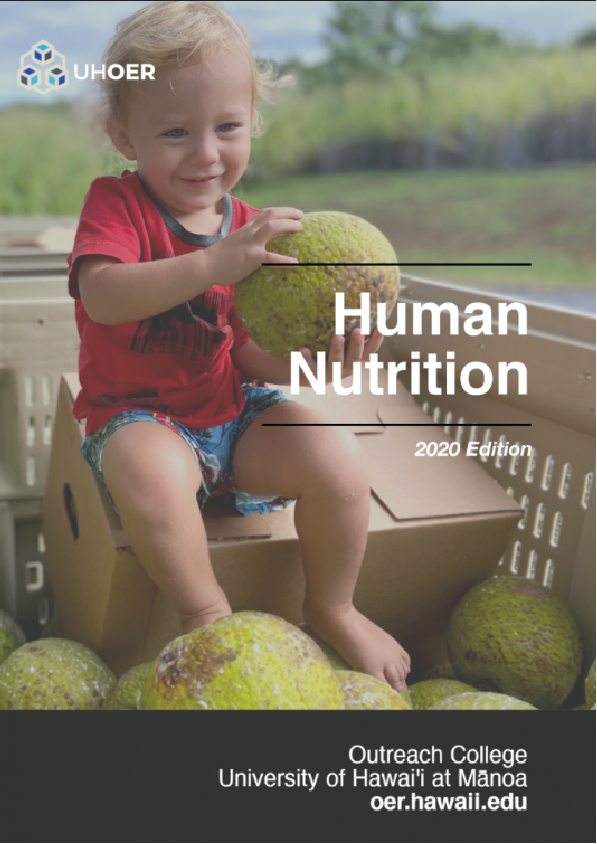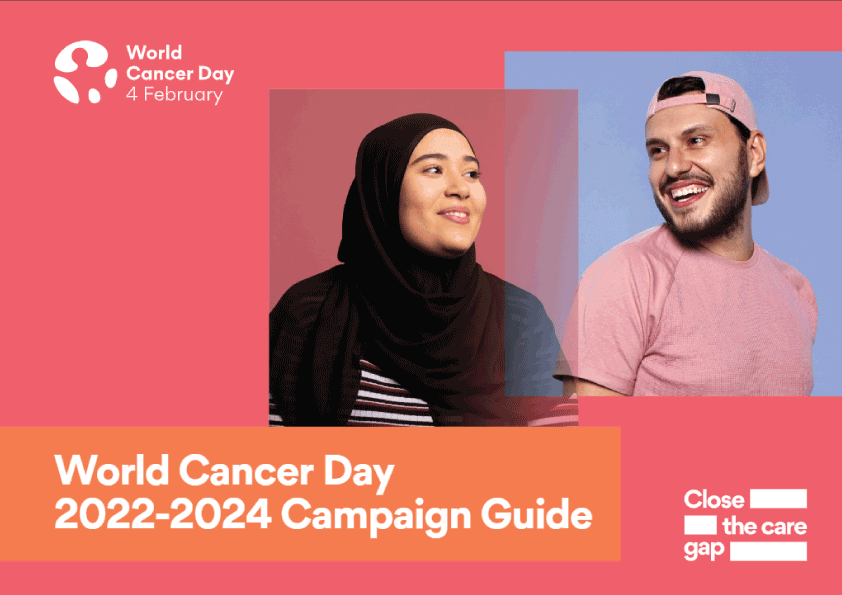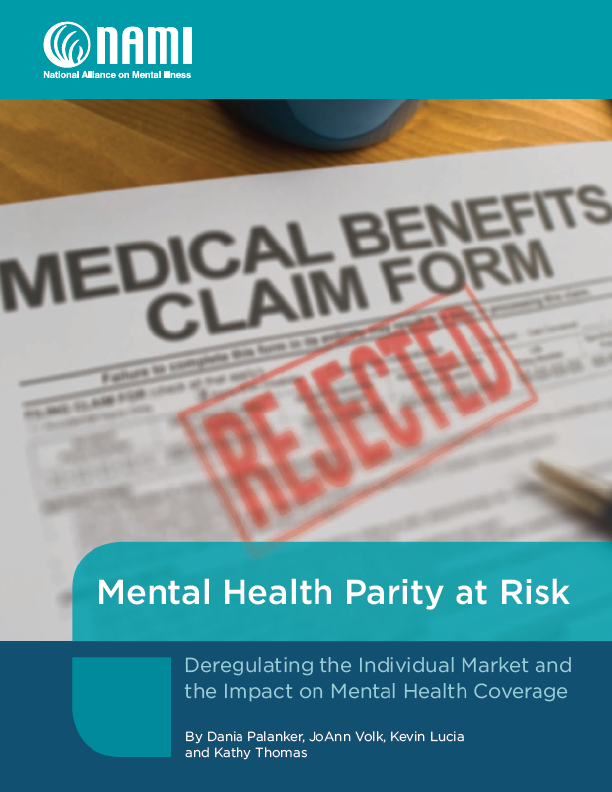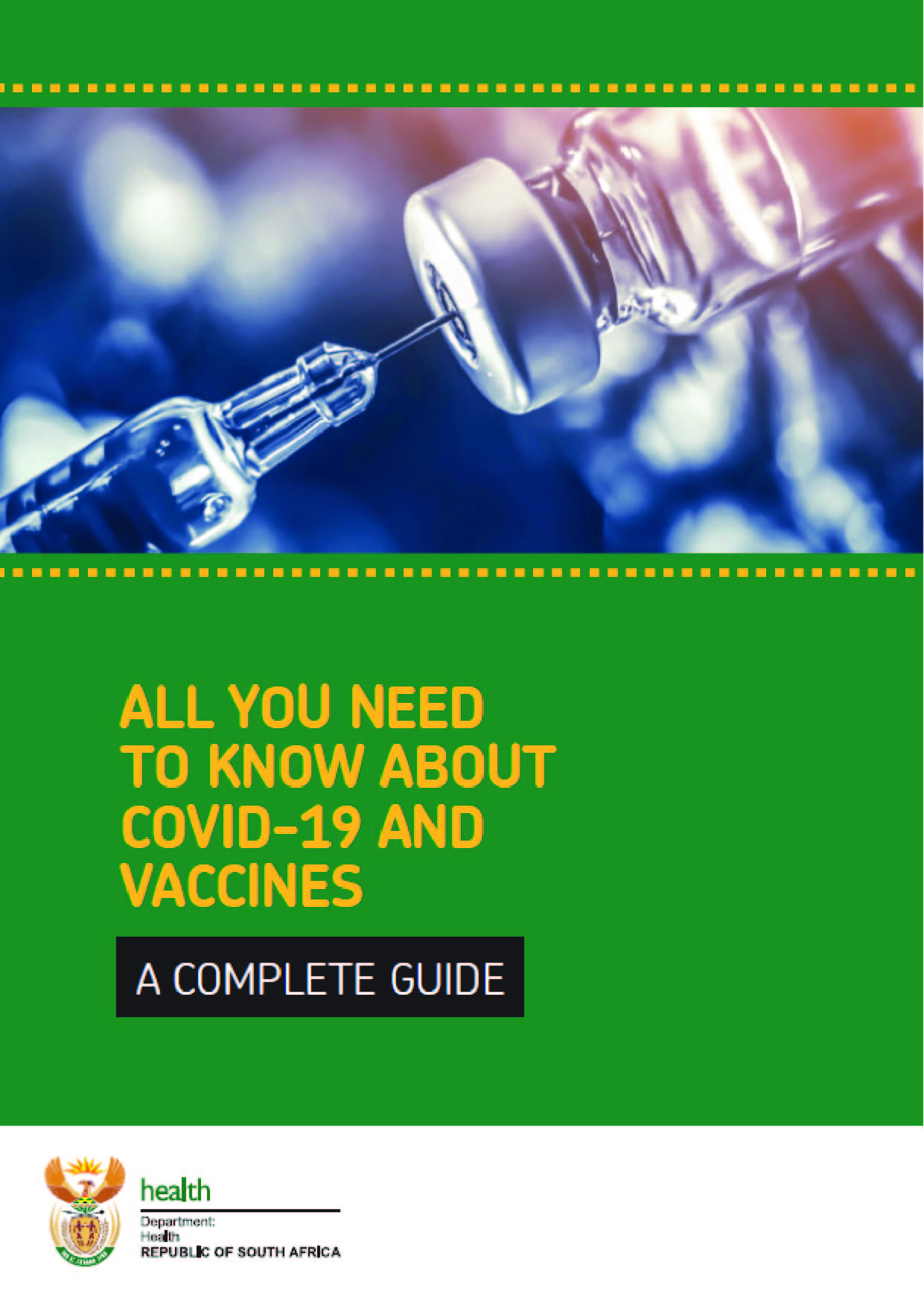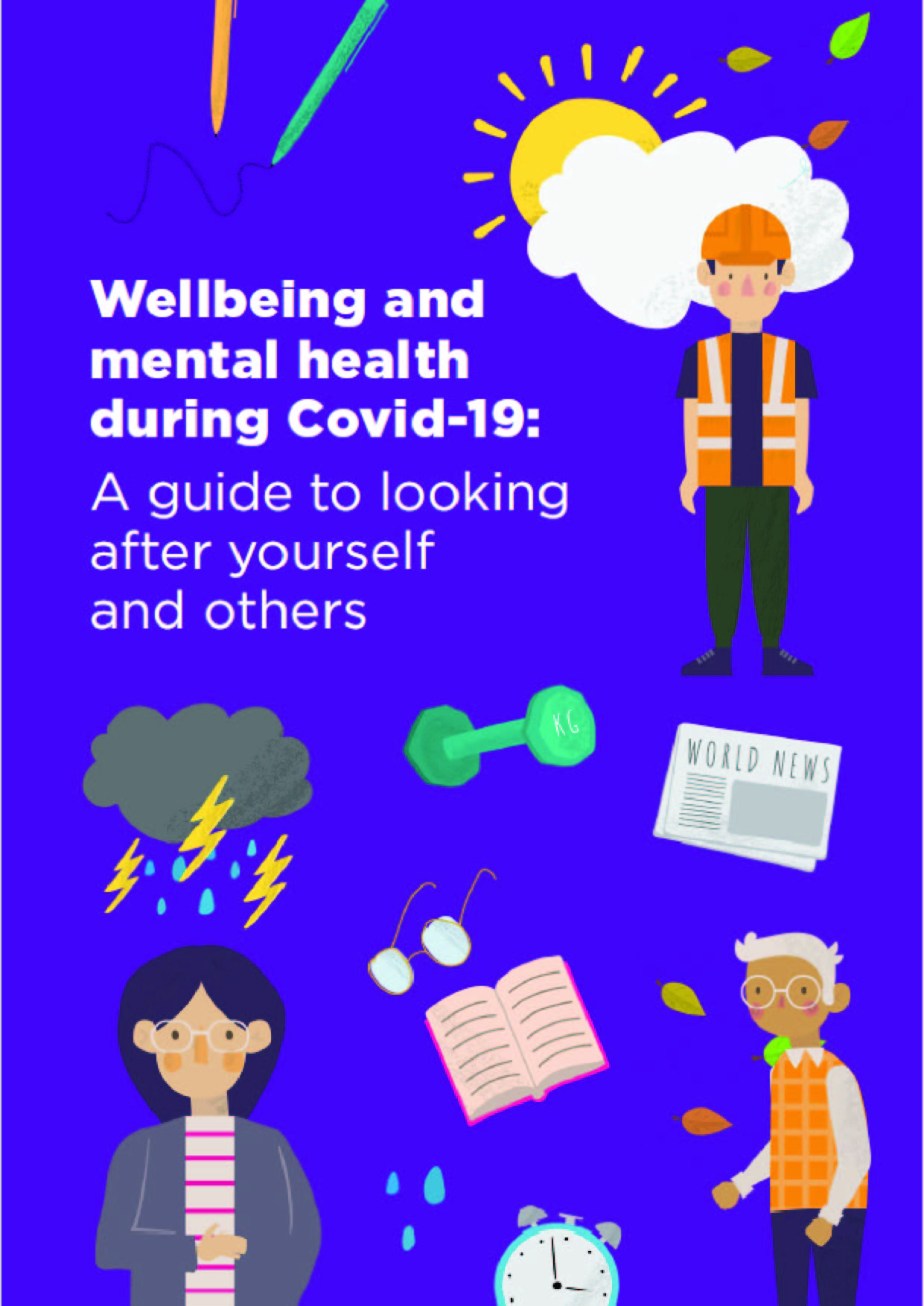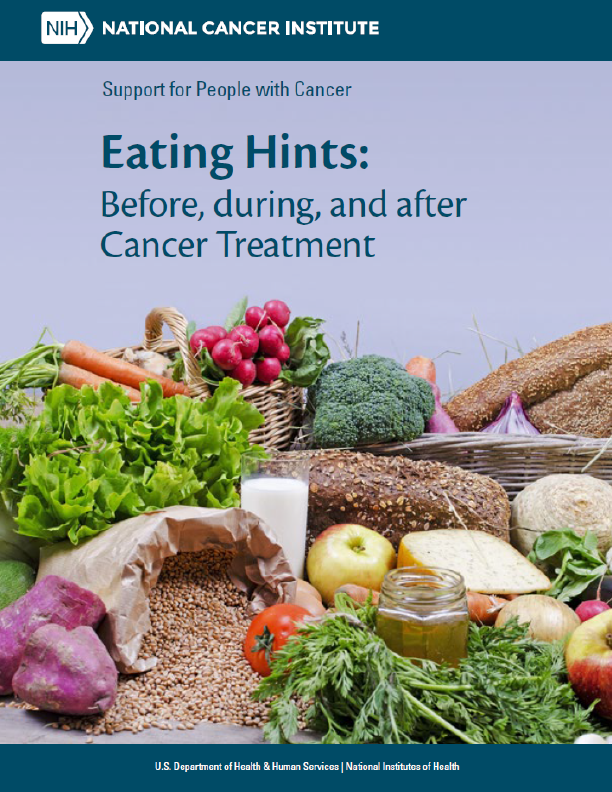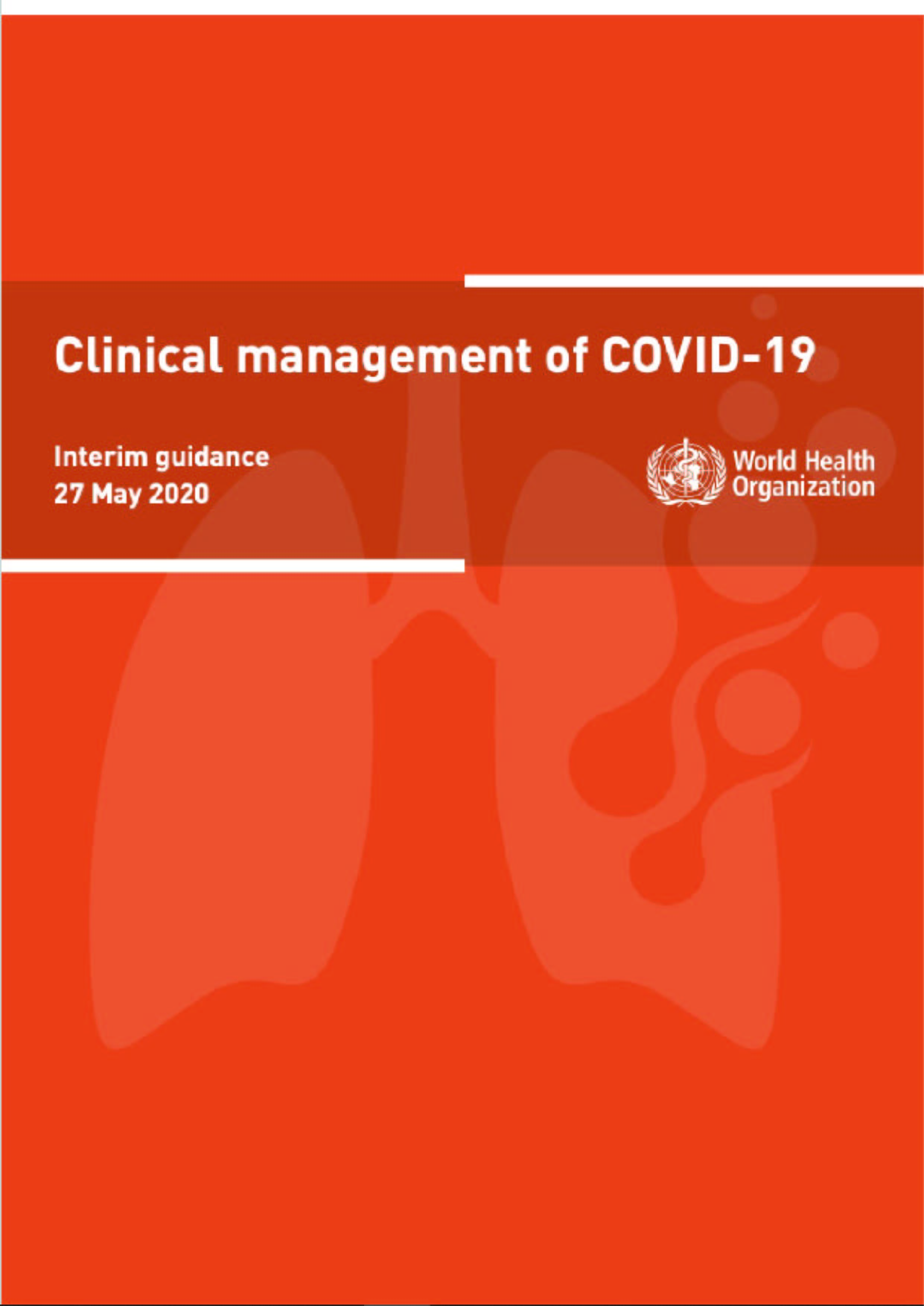One measurement of food quality is the amount of nutrients it contains relative to the amount of energy it provides. High-quality foods are nutrient-dense, meaning they contain significant amounts of one or more essential nutrients relative to the amount of calories they provide. Nutrient-dense foods are the opposite of “empty-calorie” foods such as carbonated sugary soft drinks, which provide many calories and very little, if any, other nutrients. Food quality is additionally associated with its taste, texture, appearance, microbial content, and how much consumers like it.
Food: A Better Source of Nutrients
It is better to get all your micronutrients from the foods you eat as opposed to from supplements. Supplements contain only what is listed on the label, but foods contain many more macronutrients, micronutrients, and other chemicals, like antioxidants, that benefit health. While vitamins, multivitamins, and supplements are a $20 billion industry in the United States, and more than 50 percent of Americans purchase and use them daily, there is no consistent evidence that they are better than food in promoting health and preventing disease.
In addition to nutrition, health is affected by genetics, the environment, life cycle, and lifestyle. One facet of lifestyle is your dietary habits. Recall that we discussed briefly how nutrition affects health. A greater discussion of this will follow in subsequent chapters in this book, as there is an enormous amount of information regarding this aspect of lifestyle. Dietary habits include what a person eats, how much a person eats during a meal, how frequently meals are consumed, and how often a person eats out. Other aspects of lifestyle include physical activity level, recreational drug use, and sleeping patterns, all of which play a role in health and impact nutrition. Following a healthy lifestyle improves your overall health.
Physical Activity
In 2008, the Health and Human Services (HHS) released the Physical Activity Guidelines for Americans.The HHS states that “Being physically active is one of the most important steps that Americans of all ages can take to improve their health. The 2008 Physical Activity Guidelines for Americans provides science-based guidance to help Americans aged six and older improve their health through appropriate physical activity.” The guidelines recommend exercise programs for people in many different stages of their lifecycle. The HHS reports that there is strong evidence that increased physical activity decreases the risk of early death, heart disease, stroke, Type 2 diabetes, high blood pressure, and certain cancers; prevents weight gain and falls; and improves cognitive function in the elderly. These guidelines are scheduled for an update in 2018. Also unveiled recently are the Canadian Physical Activity Guidelines, which are available at the website of The Canadian Society for Exercise Physiology.
Recreational drug use, which includes tobacco-smoking, electronic smoking device use, and alcohol consumption along with narcotic and other illegal drug use, has a large impact on health. Smoking cigarettes can cause lung cancer, eleven other types of cancer, heart disease, and several other disorders or diseases that markedly decrease quality of life and increase mortality. In the United States, smoking causes more than four hundred thousand deaths every single year, which is far more than deaths associated with any other lifestyle component.
